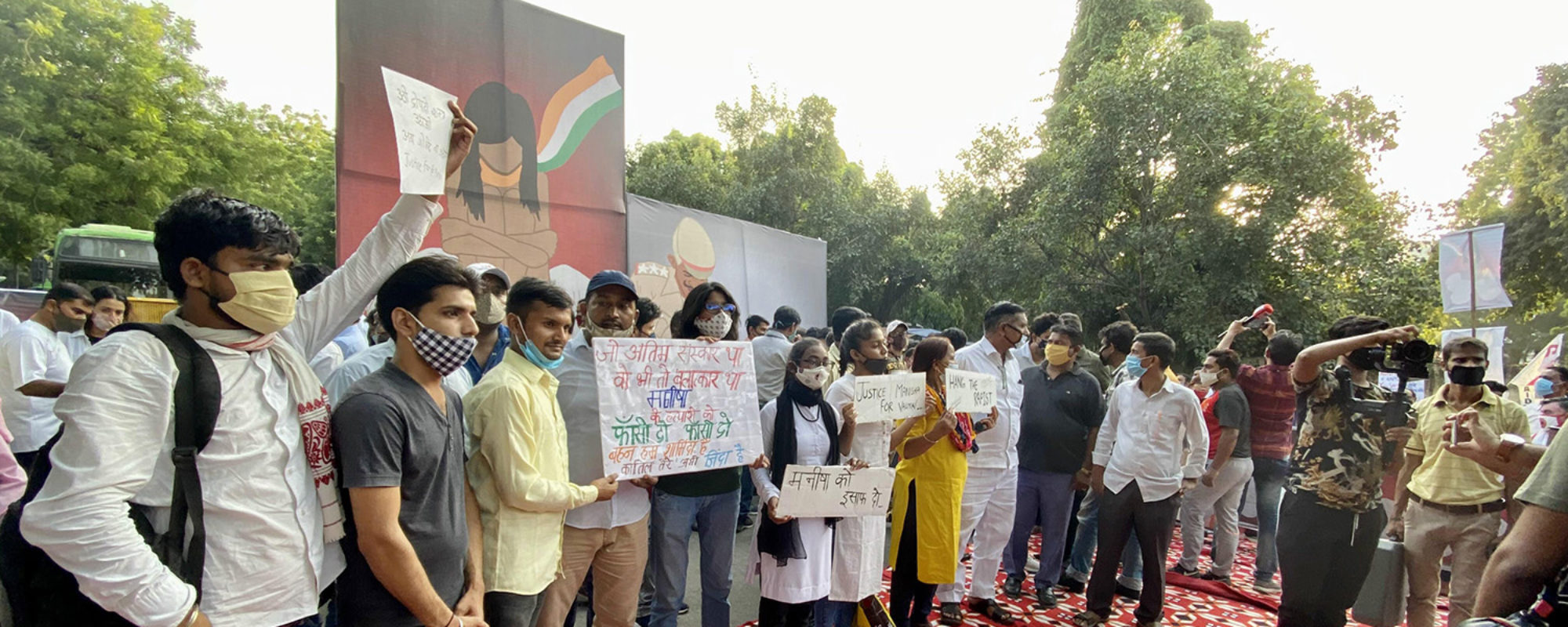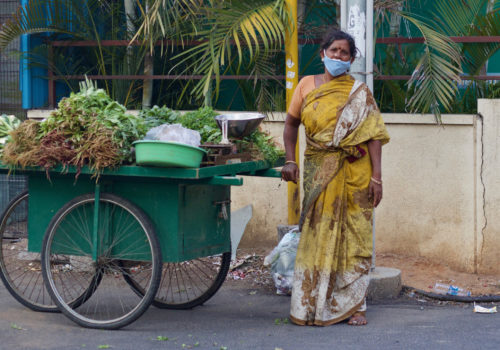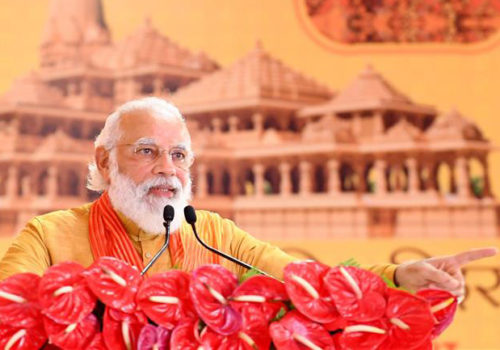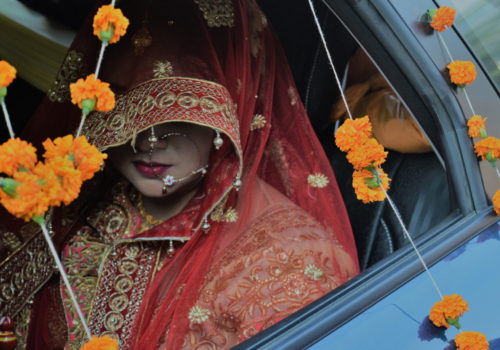NEW DELHI — When hundreds of people gathered here last Friday to decry the gang rape and murder of a young woman in the northern state of Uttar Pradesh, many were reminded of the horrors of 2012—when 23 year-old Jyoti Singh Pandey succumbed to a similar fate in the capital. Her killing drew intense global attention, and she became known as Nirbhaya, meaning “fearless.”
The latest case, in the city of Hathras, has caused similar outrage, prompting many Indians to wonder what’s changed in the last eight years. Despite recent reforms aimed at better protecting women from violent sex crimes, observers say the mishandling of the victim’s case reveals a systemic failure to implement those new laws. “It feels as though we have learned absolutely nothing,” said Gayatri Suri, a college student protesting with her sister. “This is a fight that will go on for years.”
It’s revealing for other reasons, too: The victim was Dalit, considered to be at the bottom of India’s caste hierarchies. Critics say her case has laid bare the impunity with which perpetrators can commit such crimes because of the victim’s perceived place in society. Now, with protests spreading to major cities, Indians have been forced to confront the role of caste in gender-based violence in their country, once called the world’s most dangerous for women.
The Hathras case was only the first in a recent series of brutal rapes against Dalit women. Four upper-caste men allegedly assaulted the 20-year-old in the village of Boolagarh on September 14. Less than 100 miles from New Delhi, it’s home to only about a dozen Dalit families among the majority of upper-caste Thakur and Brahmin families, who still practice “untouchability,” or caste-based segregation. Local reports suggest police were hesitant to register the case because the accused were Thakurs, a caste that has gained an especially dominant status in the community, one to which the state’s minister, Yogi Adityanath, belongs.
Although the men were arrested and are awaiting trial, the victim’s family has cried foul over alleged police misconduct, claiming officers cremated her body without their permission shortly after it was returned to the village from the hospital. Despite eyewitness accounts and videos circulating on social media from journalists present at the cremation, the authorities have denied the claims. The police also say no evidence exists showing that the victim was raped, according to a forensic report.
The same week the victim died after a two-week battle with her injuries, four more rape cases were reported in Uttar Pradesh. A second Dalit woman—a 22-year-old died after she was attacked on her way to apply for admission at the local school—a few days after the Hathras women’s death.
Although the constitution outlawed caste-based discrimination in 1950, that deeply-engrained social status still plays a pervasive role in determining livelihoods by dictating occupations, marriage and place within society. Comprising 17 percent of India’s population, the 200 million-strong Dalits have also suffered atrocities at the hands of upper-caste Hindus for generations. Women are especially at risk: Nearly 10 are raped every day, with a third of such cases occurring in Uttar Pradesh, the state with the highest rate of caste-based violence.
Not a single person accused of raping a Dalit woman has been convicted; in many instances, police themselves obstruct justice. “Some don’t even consider it to be a violation of the law because it has been traditionally enforced in a caste hierarchy,” said Kiruba Munuswamy, a Dalit lawyer in the Supreme Court.
In the aftermath of the Nirbhaya case, the government expanded the definition of rape to include non-penetrative sex and added voyeurism, stalking and acid attacks to the list of punishable crimes. It also increased penalties and improved access to medical and legal help for survivors, as well as launched the Nirbhaya Fund to provide state funding for initiatives on women’s safety. So far, less than 20 percent of the funds have been used across the country, according to the Ministry of Women and Child Development.
“It feels as though we have learned absolutely nothing. This is a fight that will go on for years.”
But these reforms have been largely ineffective. An Indian woman is raped every 17 minutes, according to official data, and although the number of reported cases briefly spiked after 2012—a testament to increasing willingness to log such crimes with police—it has once again tapered off. Those cases are stuck in India’s clunky judicial system and could take years for overburdened courts to review. And better reporting hasn’t led to to higher conviction rates: In 2018, merely a quarter of all rape cases led to convictions.
Against this background, Munuswamy says, Dalit women and other minorities face severe challenges reporting crimes to the police, who often try to invalidate their claims. Officers also rarely follow proper criminal procedure for investigating rape cases: The cremation of the Hathras victim’s body suggests just one attempt to avoid proper forensic examination. Other barriers to justice include hospitals failing to gather evidence and the derogatory treatment of survivors in courtrooms. “The entire system becomes a nightmare for Dalit women who try to speak up,” said Jayshree Bajoria of Human Rights Watch. She advocates better enforcement rather than more reforms.
What happens next in the Hathras case is anyone’s guess. The government declared the city a coronavirus containment zone after mounting protests, with hundreds of police officers guarding every inch of the village and preventing activists, opposition leaders and journalists from entering. In Delhi, the authorities detained nearly 200 protestors who were demanding the resignation of Adityanath, the state minister. His administration is claiming an “international conspiracy” to defame the government and stir political tensions. The case has been taken over by the Central Investigation Bureau, India’s national security agency—a move the victim’s family also opposes, because such investigations are usually lengthy and lack transparency.
While the 2012 Nirbhaya rape and murder saw a shift in the culture of silence surrounding such cases, leading to more visibility and action around women’s rights, it’s unclear whether the Hathras case will further this trend. Critics say that’s partly because Dalits lack representation in public discourse, especially in the media, politics and law, meaning they’re effectively “sidelined,” says Munuswamy, of the Supreme Court. “But now is the moment where we speak, we rise, and we lead, because we have been screaming about this for ages.”
For their part, Dalit advocates continue to protest and speak up online, despite fears of retaliation from the government. Srishtie Ranjan, a prominent Dalit student-activist, recently called out two Indian celebrities, Priyanka Chopra and Lilly Singh, on Twitter for supporting the Black Lives Matter movement in the United States but remaining silent about Dalit atrocities in India. “Justice in the true sense,” she wrote, “means that no Dalit woman should have to die for people to listen to her.”
A version of this dispatch also appeared in Slate.




